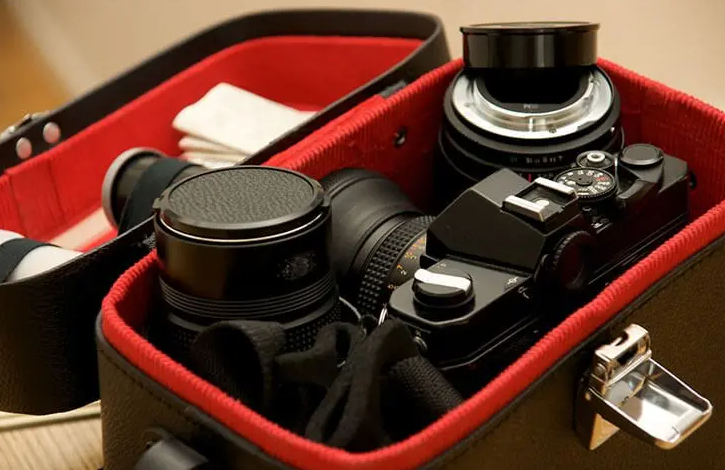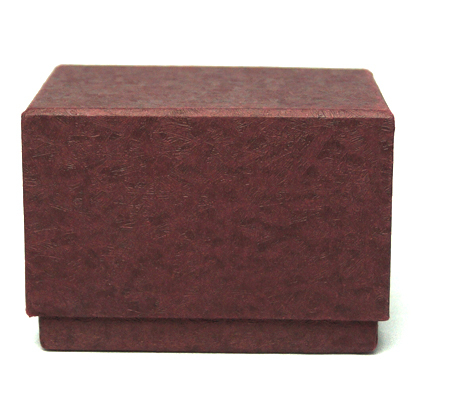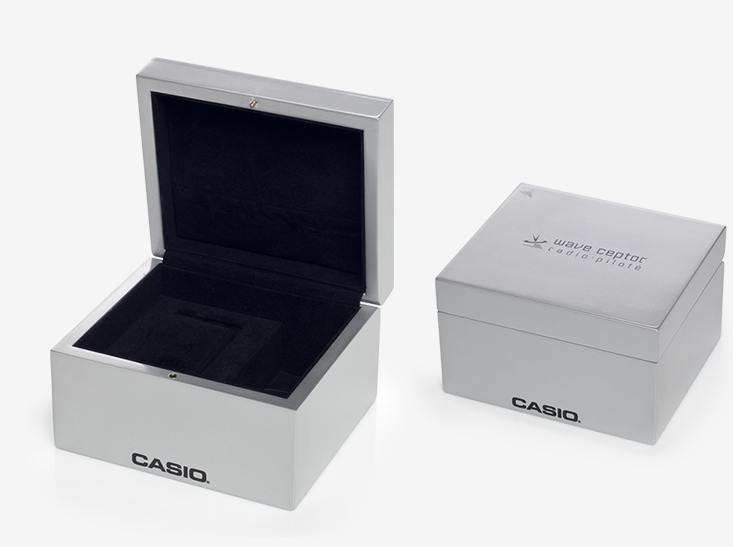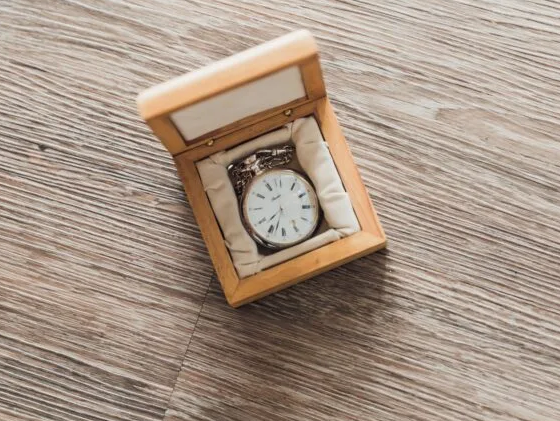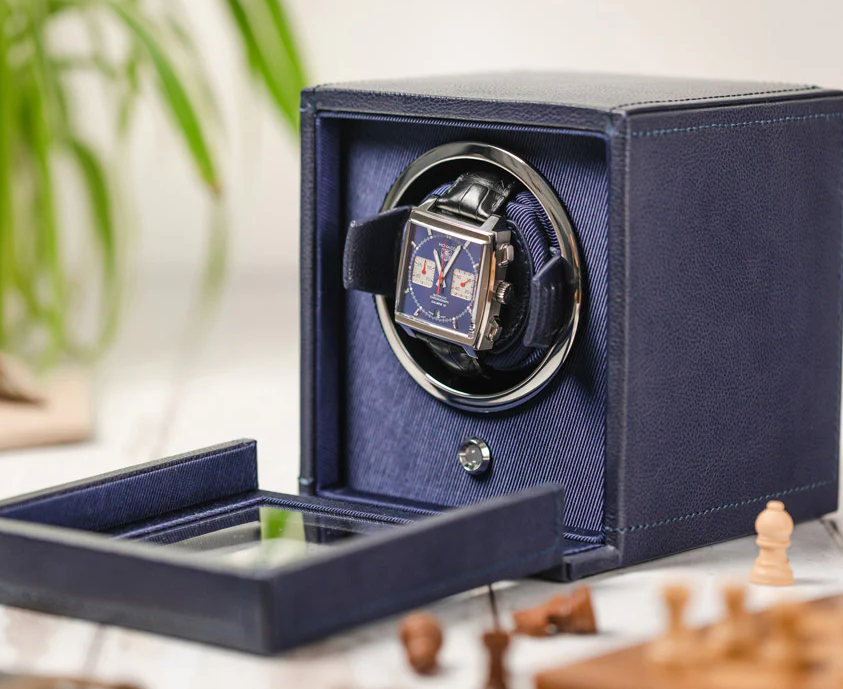The ideal size of a watch box depends on your collection’s size, watch variations, and storage needs.
Table of Contents
Factors Determining the Size of a Watch Box
When diving into the intricacies of watch boxes, their size predominantly hinges on various crucial factors. These factors can play a significant role in ensuring that your watches are not just stored, but are stored in a manner that maintains their integrity and showcases their beauty.
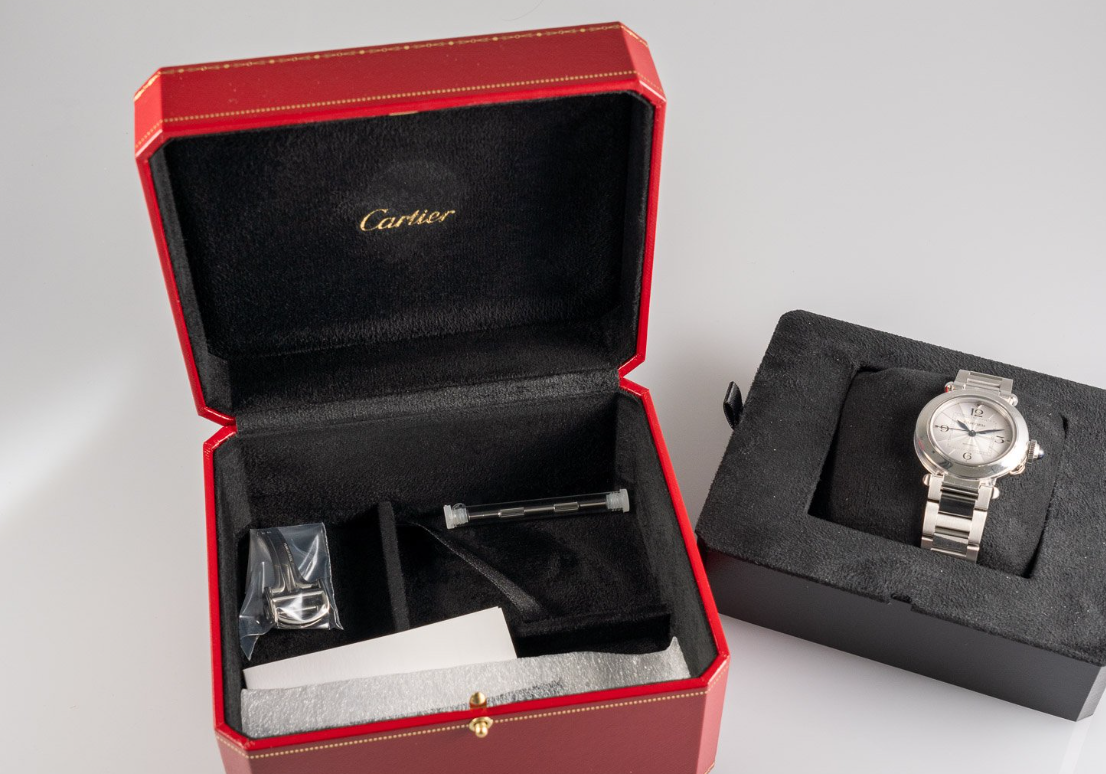
Number of watches in the collection
One of the primary determinants of a watch box’s size is the number of watches you own. For a modest collection, say 3-4 pieces, a smaller box suffices. However, serious collectors with upwards of 15-20 watches might need larger boxes, ensuring each piece has its individual compartment.
- Small Collections: Generally, these are for 1-5 watches. They’re compact and can often fit easily on bedside tables or inside drawers.
- Medium Collections: These range from 6-12 watches. A bit more expansive, they often showcase the watches in a more elaborate manner, sometimes even featuring two tiers.
- Large Collections: Designed for 13+ watches. These are substantial pieces of craftsmanship, often making a statement on a dresser or a wardrobe’s top.
Size variations among watches
Not all watches are created equal. Some, especially men’s chronographs, can be hefty, demanding more space, while delicate women’s watches or vintage pieces might need minimal space. It’s crucial to account for the varying sizes to prevent unnecessary pressure or contact between watches.
- Men’s Watches: Typically range from 38mm to 46mm in diameter. Especially for the larger end of this spectrum, like 44mm-46mm, adequate spacing is essential to prevent overlap.
- Women’s Watches: Often smaller, ranging from 26mm to 34mm. Though they require less space, proper padding and compartmentalization are still crucial.
Accommodation for extra accessories
Your watch box isn’t just for watches. Accessories, such as spare straps or tools for adjusting them, can also claim their space. Some collectors also store cufflinks or other jewelry items alongside their watches.
- Straps and Bands: Depending on their material – leather, metal, or fabric – they can take up varied amounts of space. Metal bracelets might need more robust compartments, while leather or NATO straps can be folded or rolled compactly.
- Tools and Kits: If you’re the kind who likes to tinker with your watches, accommodating space for tools can be beneficial. This might include link adjusters, spring bar tools, or even microfiber cloths for cleaning.
Standard Sizes of Watch Boxes
When considering a watch box, it’s pivotal to understand standard sizes available in the market. This aids in ensuring you get a box that fits your collection seamlessly, allowing for both display and protection. As watch collections vary in number, watch boxes have been standardized over time to cater to these varying needs.
Single watch boxes
Ideal for the individual watch owner or for those who have a special watch they want to keep separate, single watch boxes are designed for singular display and storage.
- Dimensions: Typically, these boxes are around 4×4 inches in size, though the depth might vary based on the watch’s thickness.
- Material Choices: Options like wood, leather, or even metal can influence the box’s quality and price. A premium leather box might cost upwards of $50, while simpler ones can be available for as low as $15.
- Features: Many single watch boxes come with a transparent top for display purposes. They also include a cushioned interior to keep the watch snug and protected.
Boxes for small collections (2-5 watches)
For budding collectors, these boxes offer a blend of display and compactness.
- Dimensions: Ranging from 10×4 inches to 12×8 inches, depending on the space allocated for each watch.
- Pricing: Given the added space and often enhanced materials, these can range from $30 to $150 based on craftsmanship and brand.
- Advantages: Besides storing watches, many of these come with compartments for storing spare straps or even cufflinks.
Boxes for medium collections (6-12 watches)
These are for enthusiasts who have developed a significant collection over time.
- Dimensions: With a variety of watches to store, sizes can range from 14×10 inches to 20×12 inches.
- Pricing: Given their size and potential additional features, these boxes might be priced between $60 and $300.
- Features: Often, they come with two tiers or a drawer system. There might also be additional compartments for watch tools and accessories.
Boxes for large collections (13+ watches)
For the avid collector, these boxes are expansive and often statement pieces in their own right.
- Dimensions: The size can be quite substantial, with some boxes even reaching dimensions of 24×20 inches.
- Pricing: As they cater to serious collectors, the quality and craftsmanship are often top-notch, leading to prices ranging from $150 to even $1000 for premium options.
- Features: These might include lock systems for security, multiple tiers, and specialized compartments for larger watches or those with unique shapes.
Material and Thickness Considerations
Choosing the right material and understanding the thickness required for a watch box are critical in ensuring the safety and aesthetics of your timepiece collection. Different materials offer varied protection levels, aesthetic appeals, and can influence the overall size and weight of the box.
Wood versus leather boxes and their size implications
When it comes to luxury and durability, both wood and leather stand out as top choices for watch boxes. But each has its unique characteristics:
- Wooden Watch Boxes:
- Advantages: Wooden boxes, especially those made from premium woods like mahogany or oak, provide sturdy protection. Their rigid structure ensures that external pressures don’t easily affect the contents. Furthermore, wood has a timeless appeal, offering a classic look.
- Size Implications: Wooden boxes tend to be slightly bulkier due to the thickness of the wood used, often ranging from 0.5 to 1 inch in thickness. This ensures durability but can also increase the box’s overall weight.
- Cost: Given the quality of the material, wooden watch boxes can range from $50 for basic models to over $500 for intricately designed, high-end boxes.
- Leather Watch Boxes:
- Advantages: Leather offers a blend of durability with a soft touch. It’s flexible, which can be advantageous for boxes that need to fit into tighter spaces or be transported frequently. Additionally, leather has a luxurious feel, making it a popular choice for many watch enthusiasts.
- Size Implications: Leather boxes might be slimmer than wooden ones, with walls often between 0.25 to 0.75 inches thick. However, they require internal framing to maintain their shape, which might add to their overall size.
- Cost: Leather boxes can range from $40 for simpler designs to $400 for premium, designer options.
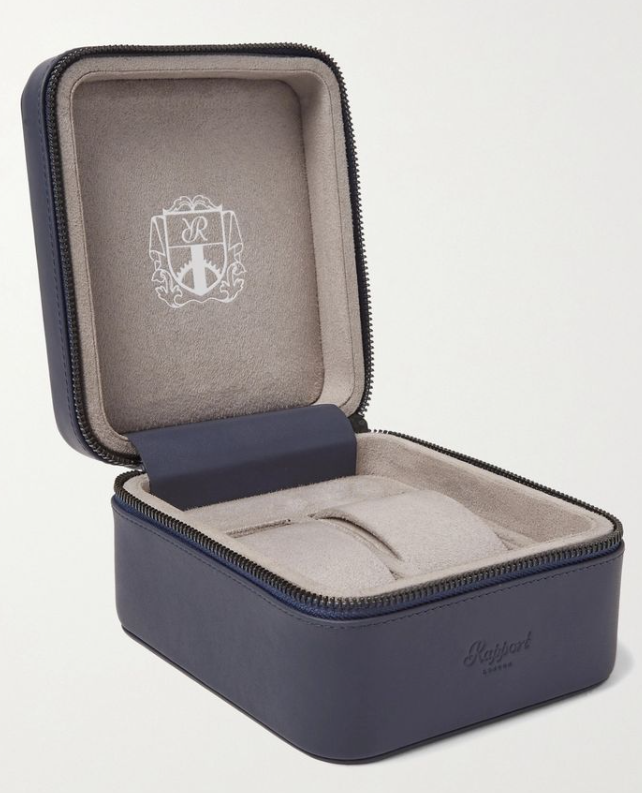
Inner cushioning and padding
The inside of a watch box is as crucial as the exterior. The inner cushioning ensures your watches remain scratch-free and are not subjected to unnecessary pressure or movements.
- Materials Used: Velvety linings, soft foam, and suede are popular choices. These materials prevent scratches and offer a plush bed for the watches to rest on.
- Thickness: A good cushion should be thick enough to hold the watch snugly. Typically, cushions range from 1 to 2 inches in thickness, depending on the watch’s size.
- Pricing Implications: Opting for boxes with premium cushioning materials can increase the overall cost by 10-20%. However, the added protection and aesthetic appeal often justify this price hike.
Special Features That Might Affect Size
The world of watch boxes isn’t just about storage; it’s about showcasing and preserving the value and functionality of your timepieces. Many modern watch boxes come equipped with features that can significantly impact their size. These features not only offer convenience and added functionality but also can enhance the box’s overall appeal.
Built-in watch winders
For those with automatic watches, built-in winders are a game-changer. They keep automatic watches ticking even when not worn.
- Functionality: Watch winders rotate the watch, mimicking the motion of a wrist, ensuring that the watch remains wound and ready to wear.
- Size Implications: Integrating a winder typically adds to the depth of the box. For a single winder, an addition of 2-4 inches in depth is common, while multiple winders might demand even more space.
- Power Source: Winders can be battery-operated or require an electrical outlet. This might add extra bulk due to the necessary hardware or battery compartments.
- Cost: Watch boxes with integrated winders tend to be pricier, often starting at $100 and can go up to $2000 for high-end models with multiple winders.
Additional storage compartments (e.g., for cufflinks)
Storage compartments add versatility to a watch box, transforming it into a comprehensive accessory storage unit.
- Design: Many watch boxes feature drawers or side compartments for accessories such as cufflinks, rings, or even spare watch bands.
- Size Implications: Drawers can add to the height of the box, with each drawer typically being 1-2 inches tall. Side compartments might widen the box by 2-5 inches.
- Utility: While they do increase the size, these compartments provide organized storage, ensuring that all related accessories are in one place.
- Pricing: Boxes with these added compartments can see a price hike of 15-30%, depending on the complexity and quality of design.
Locking mechanisms and security features
For those with valuable collections, security becomes paramount. Modern watch boxes often integrate security features to ensure the safety of their contents.
- Types of Locks: Common locks include key locks, combination dials, and even fingerprint scanners in some high-end models.
- Size Implications: While key locks and combination dials add minimal bulk, electronic locking mechanisms, especially those with batteries or power systems, can increase the depth or width of the box.
- Security Features: Some boxes also feature reinforced walls or shatter-proof display tops, adding to the box’s overall size but greatly enhancing security.
- Cost: Adding security features can increase the box’s price by 20-50%. Premium boxes with advanced security measures might be priced significantly higher, justifying the peace of mind they offer.

